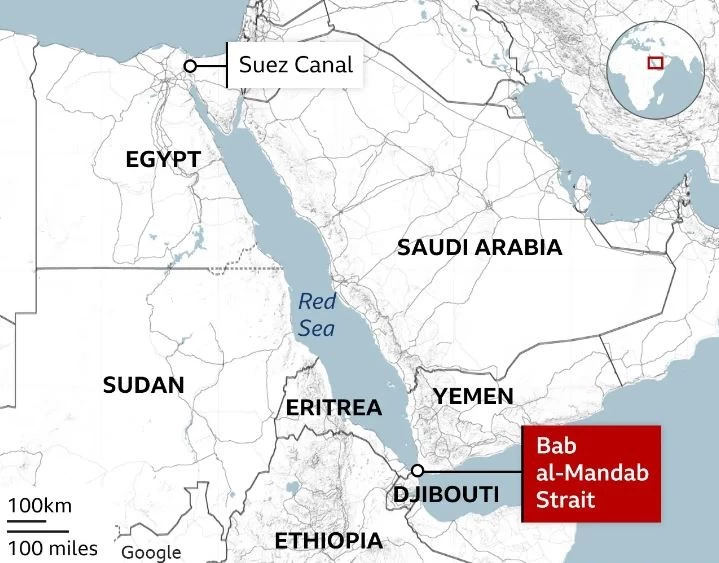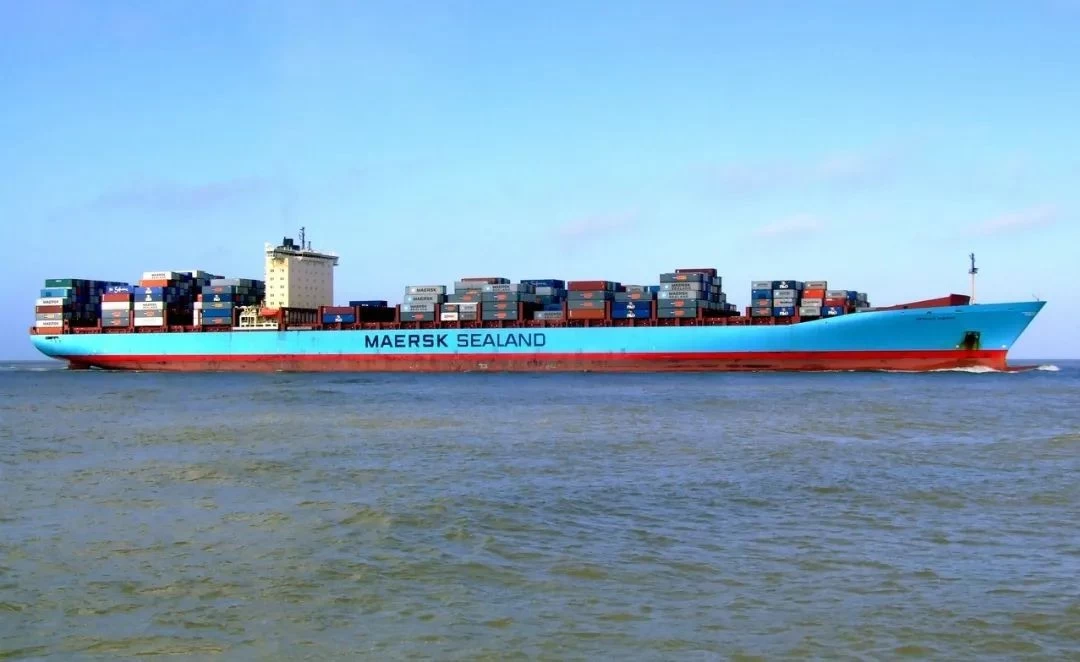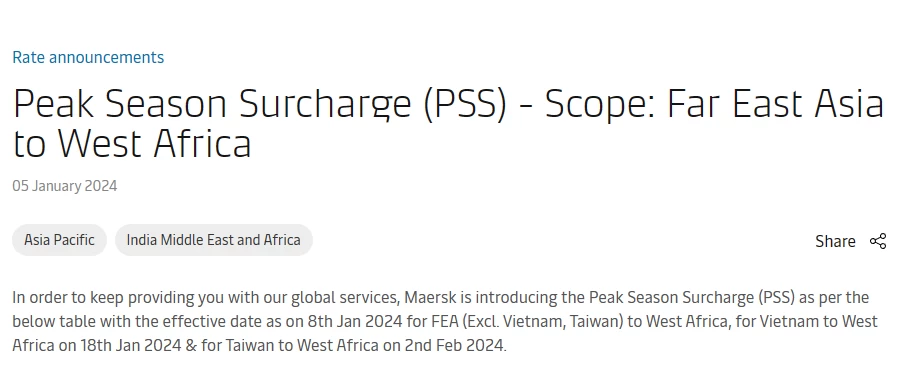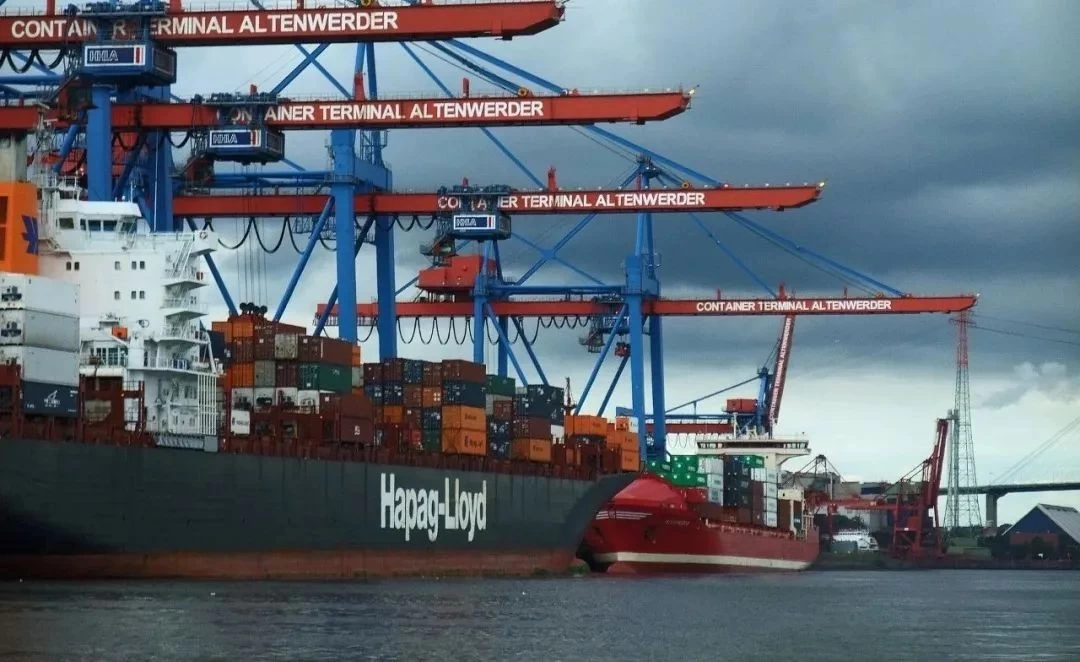Full circle! Escalating risks, soaring freight rates and a shortage of boxes?

On January 5, local time, Maersk announced the decision that for the foreseeable future, all Maersk vessels passing through the Red Sea and the Gulf of Aden will head south around the Cape of Good Hope.
It is understood that Maersk will sail around the total number of ships will exceed 170. Maersk believes that the situation is evolving and remains highly volatile, with all available intelligence confirming that security risks continue to be at a significantly elevated level.
Maersk said rerouting ships around the Cape of Good Hope could add about 10 days to the shipping time and require more fuel, leading to increased transport costs.
Maersk pointed out that the previously announced surcharge (TDS), peak season surcharge (PSS) and Emergency response surcharge (ECS) for navigation in the vicinity of the Red Sea/Gulf of Aden from January 1 will still apply to all cargoes on board disrupted vessels.
This means that in order to address current regional challenges and ongoing issues, these additional charges will remain in place and apply to the relevant goods.

In addition, Maersk announced that it will introduce a new peak season surcharge (PSS) from the Far East (except Vietnam and Taiwan) to West Africa with an effective date of 8 January 2024.
The effective date for Vietnam to West Africa is January 18, 2024, and the effective date for Taiwan to West Africa is February 2, 2024, and the price is between $100 and $600 (the price varies by box type).

In addition to Maersk, other major liner companies such as CMA CGM, ONE, Mediterranean Line and Hapag-Lloyd have chosen to avoid the Red Sea and instead use the Cape of Good Hope route. The industry believes that the cheap shipping space will be booked soon, and the subsequent higher freight rate may cause the shipping space of the shipowner to be difficult to book.
Recently, Kuehne & Nagel released market dynamics from early January to mid-January, showing that in the context of continued tension in the Red Sea, freight rates are expected to remain at a high level before mid-February and further increases are not excluded.

Among them, China to Europe, the Mediterranean route, the first half of January, shipping companies generally push up the European base port freight to 4500-5000 US dollars/large container, push up the western Mediterranean line freight to 5000-5500 US dollars/large container.
In terms of trans-Pacific routes from China to the United States, shipping companies successfully pushed up market freight rates in early January, and announced the imposition of peak season surcharges from January 15.